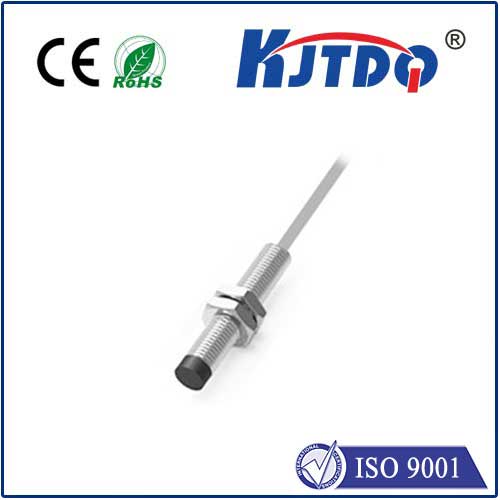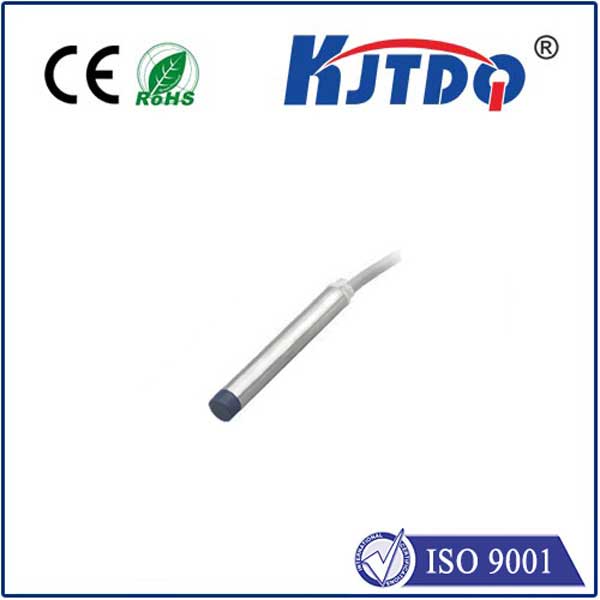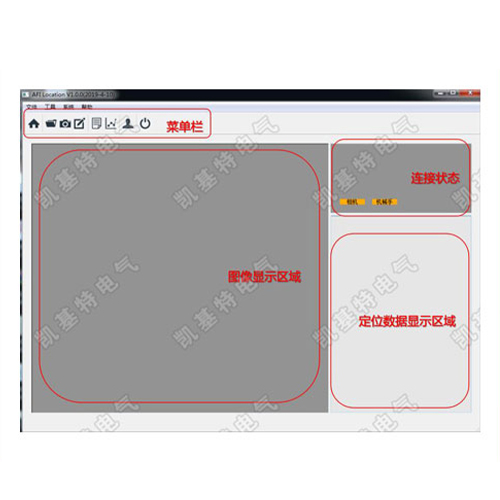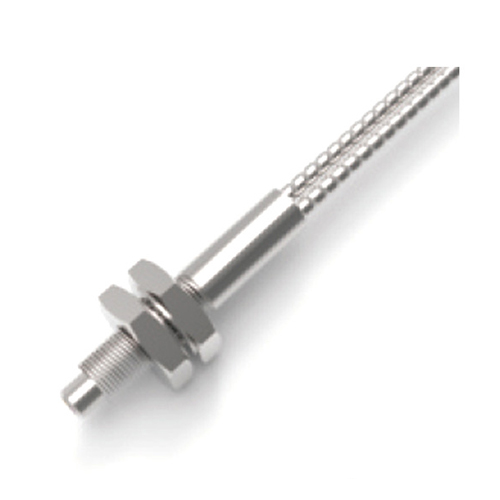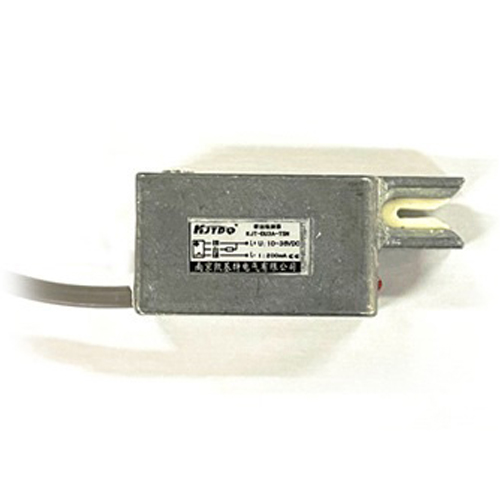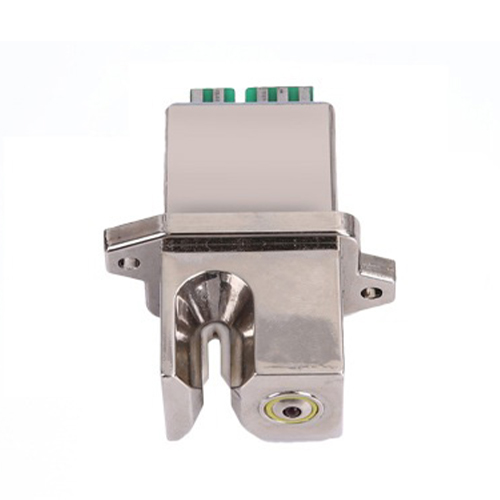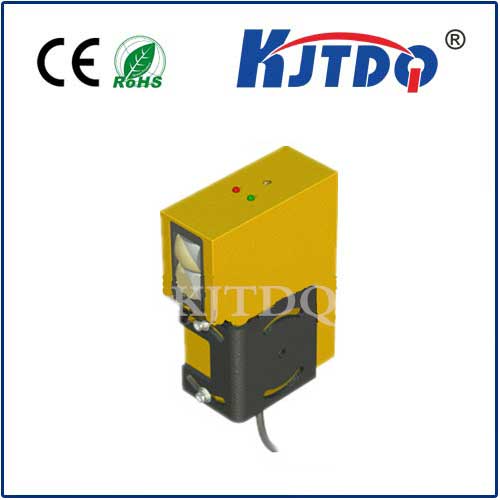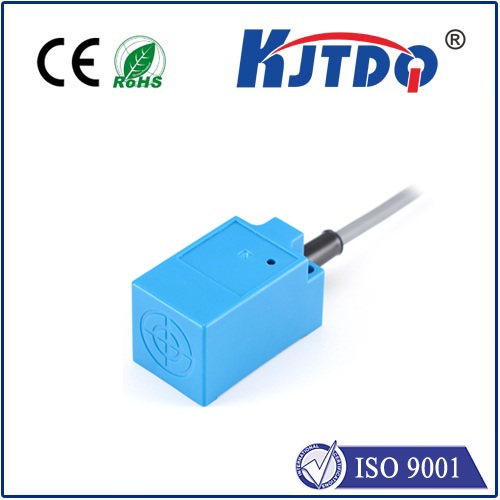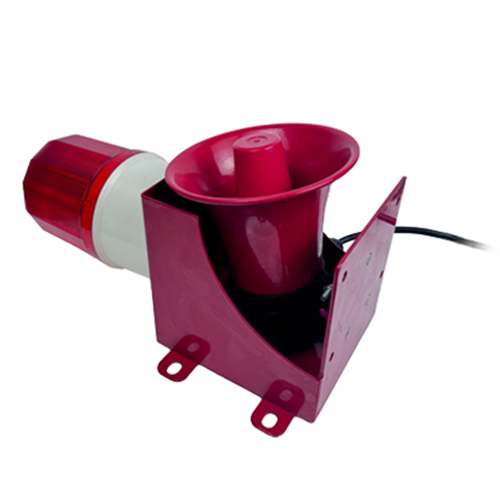

check

check

check

check

check

check

check

check

check

check
Title: Exploring the Versatility and Limits of Micro Switches
In a world driven by technological innovation, miniaturization has become a key component in the development of electronic devices. At the heart of this trend are micro switches—tiny powerhouses that enable precise control over electrical circuits. These minuscule marvels have revolutionized numerous industries, from consumer electronics to industrial machinery. In this article, we'll delve into the fascinating realm of micro switches, their applications, and, crucially, the limitations that define their operational boundaries.
The first thing one must understand about micro switches is their size advantage. They are designed to fit into compact spaces where larger switches simply won’t work. This compactness is not just an aesthetic consideration; it’s often essential for functionality. For example, consider the inner workings of a smartwatch or a hearing aid—devices where space is at a premium. Here, micro switches play a crucial role in enabling users to interact with these tiny devices effectively.
Micro switches also boast impressive durability and reliability. Their robust construction ensures they can handle millions of operations in harsh environments, making them ideal for use in heavy machinery, automotive systems, and even aerospace technology. They're engineered to withstand vibration, shock, and extreme temperatures, which speaks volumes about their endurance under challenging conditions.
Moreover, micro switches offer designers and engineers flexibility in terms of actuation forces and travel distances. Depending on the application, these switches can be tailored to require light touches or stronger pushes to activate. Additionally, some models are designed with different actuator styles, such as lever, plunger, or roller, each suited for specific purposes depending on the user interface requirements.
Despite their numerous benefits, there are inherent limitations associated with micro switches that should be taken into account when designing systems that rely on them. One primary concern is current capacity. Due to their small size, micro switches are typically rated for lower current levels compared to their larger counterparts. Overloading a micro switch can lead to premature failure, thus it’s critical to ensure that the switch is matched correctly to the load it will carry.
Another limitation involves contact resistance. The smaller the switch, the higher the contact resistance tends to be. While this isn't usually an issue for digital circuits, it can affect the performance of analog signals and low-level voltage detection, potentially leading to inaccuracies in certain sensitive applications.
Finally, while their miniature form factor is generally an advantage, it can pose challenges during maintenance and repair. Smaller components can be more difficult to access and replace, requiring specialized tools and greater skill from technicians.
In conclusion, micro switches represent a pinnacle of modern electronic miniaturization, offering unparalleled precision and efficiency in a wide range of applications. However, like any technology, understanding their limits is just as important as recognizing their potential. By taking into account factors such as current capacity, contact resistance, and maintenance challenges, designers and engineers can maximize the benefits of micro switches while ensuring system integrity and longevity. As these tiny components continue to evolve, so too will our ability to harness their full potential within ever-more sophisticated devices.

